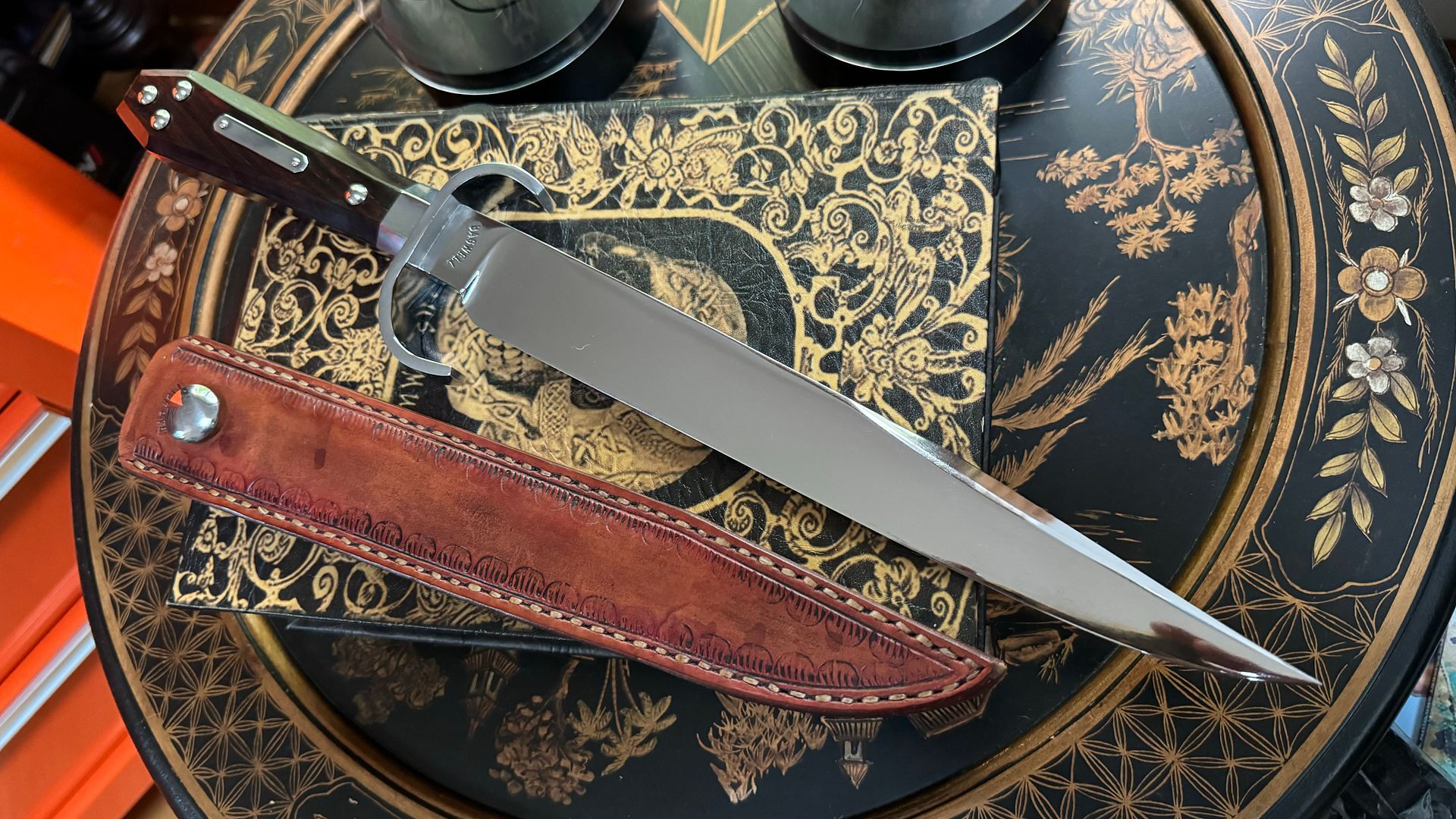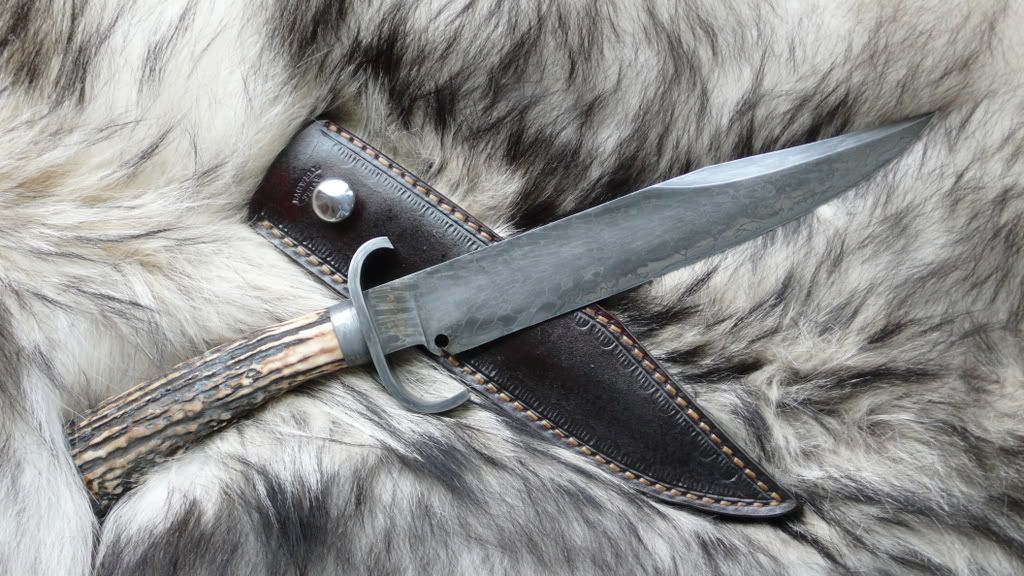KAISA
Gold Member
- Joined
- Sep 26, 2010
- Messages
- 34
Hello Bladeforum
I hope this finds you all well.
Is there any other literature on the knives of Bill Bagwell - than Bowies - Big Knives and the Best of Battle Blades you could recommend ?
Is there maybe any other book, literature - or knowledge explaining basic things quick and easy or also more complicated and technical ressources, which would also be fine.
And last but not least some basic facts about steel, why to choose this or that, just to understand basic things from a more technical aspect.
Last but not least - I am more interested in function - than in art - not that I do not consider its beauty, function is an art in itself, if this helps - and also insights in Samurai Swords - but I think this opens the topic a bit too much and maybe I should open a second post under the Sword section
Thank you all for the help !
I hope this finds you all well.
Is there any other literature on the knives of Bill Bagwell - than Bowies - Big Knives and the Best of Battle Blades you could recommend ?
Is there maybe any other book, literature - or knowledge explaining basic things quick and easy or also more complicated and technical ressources, which would also be fine.
And last but not least some basic facts about steel, why to choose this or that, just to understand basic things from a more technical aspect.
Last but not least - I am more interested in function - than in art - not that I do not consider its beauty, function is an art in itself, if this helps - and also insights in Samurai Swords - but I think this opens the topic a bit too much and maybe I should open a second post under the Sword section
Thank you all for the help !
Last edited:




